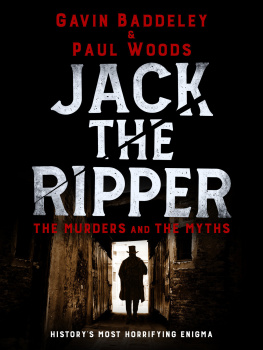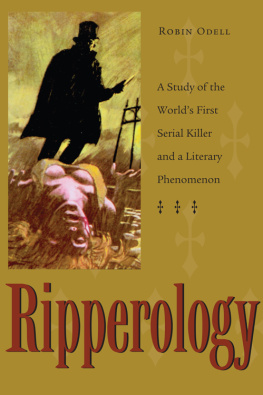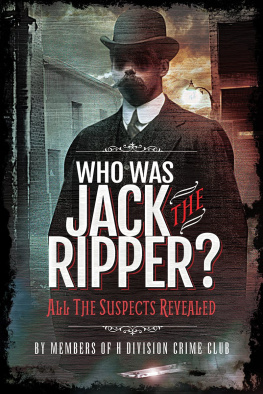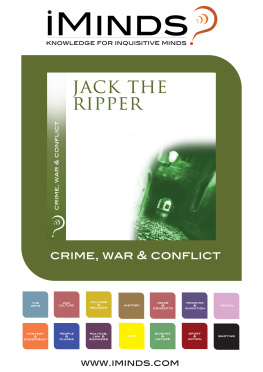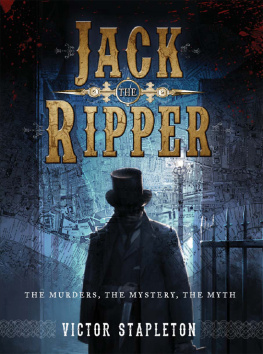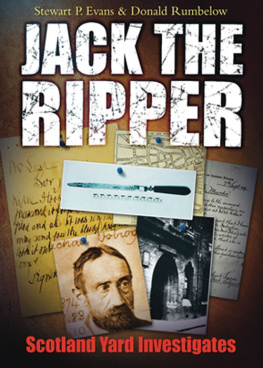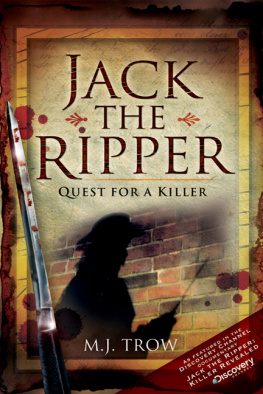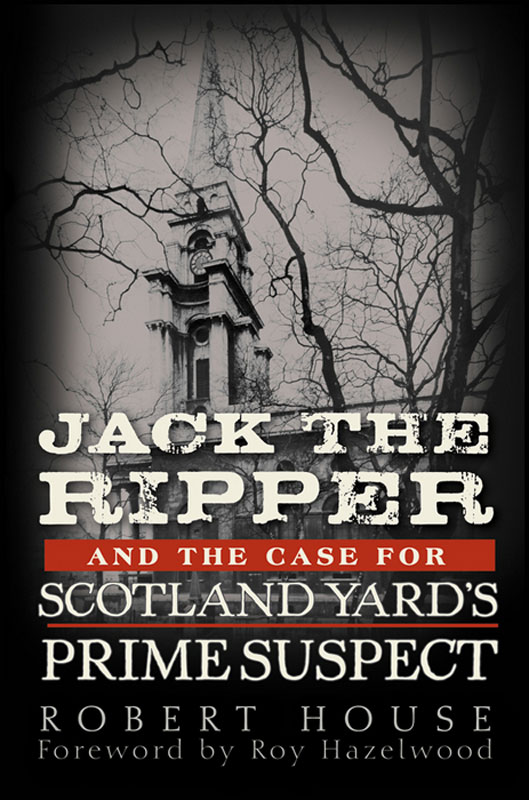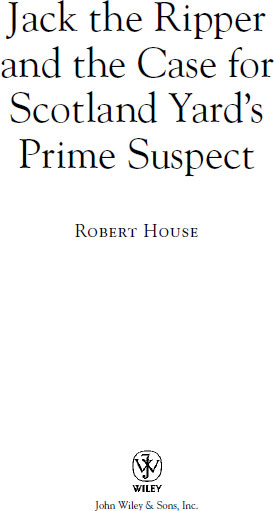Copyright 2011 by Robert House. All rights reserved
Published by John Wiley & Sons, Inc., Hoboken, New Jersey
Published simultaneously in Canada
Photo credits begin on page 341 and constitute an extension of the copyright page.
No part of this publication may be reproduced, stored in a retrieval system, or transmitted in any form or by any means, electronic, mechanical, photocopying, recording, scanning, or otherwise, except as permitted under Section 107 or 108 of the 1976 United States Copyright Act, without either the prior written permission of the Publisher, or authorization through payment of the appropriate per-copy fee to the Copyright Clearance Center, 222 Rosewood Drive, Danvers, MA 01923, (978) 750-8400, fax (978) 646-8600, or on the web at www.copyright.com . Requests to the Publisher for permission should be addressed to the Permissions Department, John Wiley & Sons, Inc., 111 River Street, Hoboken, NJ 07030, (201) 748-6011, fax (201) 748-6008, or online at http://www.wiley.com/go/permissions .
Limit of Liability/Disclaimer of Warranty: While the publisher and the author have used their best efforts in preparing this book, they make no representations or warranties with respect to the accuracy or completeness of the contents of this book and specifically disclaim any implied warranties of merchantability or fitness for a particular purpose. No warranty may be created or extended by sales representatives or written sales materials. The advice and strategies contained herein may not be suitable for your situation. You should consult with a professional where appropriate. Neither the publisher nor the author shall be liable for any loss of profit or any other commercial damages, including but not limited to special, incidental, consequential, or other damages.
For general information about our other products and services, please contact our Customer Care Department within the United States at (800) 762-2974, outside the United States at (317) 572-3993 or fax (317) 572-4002.
Wiley also publishes its books in a variety of electronic formats. Some content that appears in print may not be available in electronic books. For more information about Wiley products, visit our web site at www.wiley.com .
ISBN 978-0-470-93899-7 (paper); ISBN 978-1-118-00321-3 (ebk);
ISBN 978-1-118-00322-0 (ebk.); ISBN 978-1-118-00323-7 (ebk.)
Foreword
by Roy Hazelwood
Jack the Ripper. The name itself speaks of serial murder, mutilation, and fear. Even though his identity remains shrouded in mystery, he is, without question, the most infamous serial killer in the history of the world. It has always been interesting to me that Jacks fame persists in spite of the fact that by todays violent crime standards, he would not rate more than a passing interest by the media. After all, there were only five or six or seven victims.
I first became intimately familiar with the case in 1988 when John Douglas and I were invited to prepare a profile of the unidentified serial killer known as Jack the Ripper. We were asked to present our findings on a television special, before a live audience, marking the one hundredth anniversary of the Rippers crimes. This program was on a major network and was hosted by the noted actor Peter Ustinov. We were provided with police and autopsy reports, background information on each of five Ripper victims, maps depicting the crime locations, and articles and book chapters written about the killings.
We prepared the profile and traveled to Hollywood to rehearse for the show. We met with the other guests who were to appear on the program: a noted forensic pathologist, the curator of Scotland Yards Black Museum, and a female jurist from London. John and I shocked our new colleagues when we quickly told them that it was our opinion that Jack the Ripper was a paranoid schizophrenic and that his criminal successes could be attributed more to luck than to skill and intelligence.
We were surprised to learn that the programs producers had identified five suspects from the 1888 case. Included in the group was a schoolteacher who had committed suicide, a surgeon for the royal family, a prince, and a mentally disturbed person named Aaron Kozminski. John and I studied what was known about the suspects, compared our profile to the group of suspects, and determined that Kozminski most closely matched our profile. We then informed our colleagues that if Kozminski wasnt the Ripper, then it was someone just like him.
Over the intervening years, I have been made aware of a number of other men who were forcefully put forth as the Ripper. I have not, however, been convinced that any of those men were as likely to be responsible for the murders as Kozminski was.
Over those same years, I have often longed for more information on Kozminski, and periodically I have attempted to delve into his background. Because of a lack of time and patience, however, I was largely unsuccessful. But finally, thanks to Robert House, I am able to satisfy my curiosity. Does Mr. House resolve the identity of Jack the Ripper? Probably not, but no one else has either, and besides, that isnt his purpose. He simply wants to provide his readers with the most complete history of a most likely suspect, and he has done a masterful job.
Aaron Kozminski was a Polish Jew who spent the first fifteen years of his life in Russia. Mr. House begins his book by providing us with an overview of Jewish life in nineteenth-century Russia. He then transitions the Kozminski family to the East End, or Whitechapel section, of London (where the murders eventually occurred) and situates them geographically, economically, and socially for us. In doing so, he sets the stage for the murders that follow.
Mr. House takes us into the corridors of Jacks murders through a number of different doors. He provides detailed information on each of the Rippers victims, interspersing the murder accounts with informative and interesting material about the police investigation, other main suspects, and even the infamous letter allegedly written by Jack.
As I mentioned earlier, John Douglas and I felt that Jack the Ripper was a paranoid schizophrenic, and Mr. House documents Kozminskis mental deterioration. What will be new information for many readers (as it was for me) is Mr. Houses description of witness and informant accounts that led to the identification of Kozminski as a viable suspect.
Mr. House then brings the reader into the modern era of the serial killer phenomenon. He discusses the FBI study conducted by John Douglas and Bob Ressler, both of whom served in the Behavioral Science Unit at the FBI Academy in Quantico, Virginia. Mr. House also describes the application of a relatively new law enforcement tool, geographic profiling, to the Ripper case. This process has been effectively used by investigators across the western world and is a most valuable tool in such crimes. The reader will find the procedure and its findings in this case to be illuminating and very interesting.
As an FBI agent, I was fortunate to have served in the Behavioral Science Unit with Bob and John and to have consulted on serial murder cases across the United States, Canada, and Europe. I have also conducted face-to-face interviews with killers, rapists, sexual sadists, and child molesters and their wives and girlfriends, and I can unequivocally state that no case has ever captured the attention of criminologists or the imagination of the public like Jack the Rippernot the Atlanta Child Murders, Ted Bundy, the notorious Night Stalker of Los Angeles, or even the infamous Citizen X case involving the murders of more than one hundred children in Russia.


